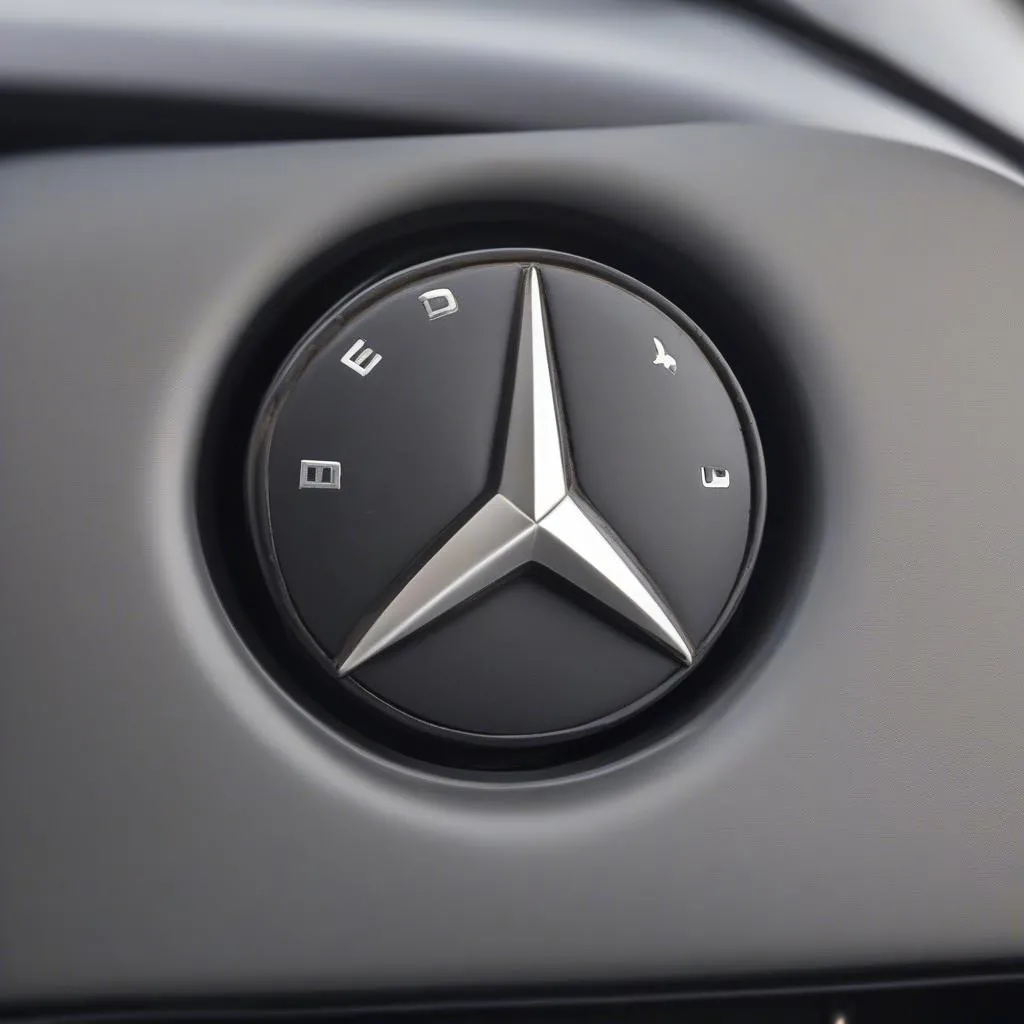Is your Mercedes R350 leaning to one side, leaving you feeling a bit off-balance? Don’t worry, you’re not alone. This is a common issue that R350 owners can face, often leaving them wondering about the culprit behind this uneven stance.
This comprehensive guide will delve into the common causes, symptoms, and fixes for a Mercedes R350 leaning to one side. We’ll empower you with the knowledge to diagnose the problem and explore potential solutions.
Why is My Mercedes R350 Leaning to One Side?
A vehicle leaning to one side usually points to a suspension problem, and the R350 is no exception. Here are some common culprits:
1. Worn Out Air Suspension Springs
The R350 is equipped with an air suspension system that uses air springs instead of traditional coil springs. Over time, these air springs can wear out, leak air, and lose their ability to maintain proper ride height.
Expert Insight: “Air suspension systems offer a smoother ride but require regular maintenance,” says automotive engineer David Miller, author of “Modern Automotive Suspension Systems”. “Worn air springs are a common cause of uneven ride height in vehicles like the R350.”
2. Faulty Air Suspension Compressor
The air compressor is responsible for pumping air into the air springs. If it fails or malfunctions, it can’t supply the necessary air pressure to keep your R350 level.
3. Damaged or Leaky Air Struts
Air struts combine an air spring and a shock absorber into a single unit. Like air springs, they can wear out or develop leaks, leading to an uneven ride height.
4. Air Suspension Valve Block Issues
The valve block controls the distribution of air to each air spring. A malfunctioning valve block can prevent air from reaching a specific spring, causing that corner to sag.
mercedes-r350-leaning-side|Mercedes R350 Leaning to One Side|A Mercedes R350 SUV is noticeably leaning to one side, parked on a flat surface. The image should highlight the uneven ride height, indicating a potential suspension problem.
Recognizing the Symptoms: Is it Really Your Suspension?
Before you start ordering parts, it’s important to confirm that your R350’s leaning issue is indeed related to the suspension. Here are some telltale signs:
- Visible Lean: One corner of the vehicle sits noticeably lower than the others.
- Rough Ride: You might experience a bumpier ride than usual, especially on one side of the vehicle.
- Unusual Noises: Listen for hissing sounds coming from the suspension, which could indicate an air leak.
- Warning Lights: Your dashboard might display warning lights related to the air suspension system.
air-suspension-warning-light|Air Suspension Warning Light on Dashboard|A close-up image of a car’s dashboard illuminated with a warning light that indicates a problem with the air suspension system.
Tools and Equipment You’ll Need for Inspection and Repair
- Car Jack and Jack Stands: Safety first! You’ll need these to lift and support the vehicle securely.
- Wrench Set: For removing and installing suspension components.
- Screwdrivers: For various tasks, including accessing panels and removing trim.
- Protective Gear: Gloves and eye protection are essential when working on your vehicle.
- Soapy Water Solution: This can be sprayed on suspected leak areas to check for bubbling, indicating an air leak.
- Diagnostic Scanner (Optional but Recommended): To read and diagnose fault codes related to the air suspension system. For comprehensive diagnostics, consider using a professional-grade OBD2 scanner like those offered by CARDIAGTECH.
mechanic-inspecting-air-suspension|Mechanic Inspecting Air Suspension|A mechanic in a workshop is inspecting the air suspension components of a Mercedes R350. The image should show the mechanic using tools to check for leaks or damage in the air springs, struts, or connecting lines.
Troubleshooting and Repair: Getting to the Root of the Problem
1. Inspect the Air Suspension System
- Check for Leaks: Carefully examine the air springs, air struts, and connecting lines for any signs of damage, cracks, or wear. Use the soapy water solution to pinpoint leaks.
- Inspect the Compressor: Listen for unusual noises when the compressor is running. If it’s constantly running or making a straining sound, it could be faulty.
2. Diagnose with a Scanner
If you suspect an electronic issue, a diagnostic scanner can help identify fault codes related to the air suspension system. This can guide your troubleshooting.
3. Address the Underlying Issue
- Replace Worn Components: If you find damaged air springs, struts, or other components, they’ll need to be replaced.
- Repair Leaks: Small leaks in air lines might be repairable, but significant damage often requires component replacement.
- Address Compressor or Valve Block Issues: These components might require specialized repair or replacement, often best handled by a qualified mechanic.
Frequently Asked Questions
Q: Can I drive my Mercedes R350 with a leaning issue?
A: It’s not recommended to drive your R350 with a noticeable lean. Driving with a compromised suspension system can worsen the damage and potentially create unsafe handling.
Q: How much does it cost to fix a leaning Mercedes R350?
A: The repair cost depends on the underlying cause. Replacing air springs can range from [Price Range], while more complex issues like a faulty compressor or valve block can be more expensive.
Q: Can I upgrade to a coil spring suspension on my R350?
A: While technically possible, converting an air suspension to a coil spring setup is a complex and costly modification. It’s generally not recommended unless you have specific needs and are prepared for the associated expenses.
Conclusion
A leaning Mercedes R350 is often a sign of a suspension issue, most likely stemming from the air suspension system. By carefully inspecting the system, using diagnostic tools, and addressing the root cause, you can restore your R350’s proper stance and enjoy a smooth, level ride. If you’re unsure about tackling the repair yourself, consult a qualified mechanic experienced in Mercedes-Benz vehicles.


